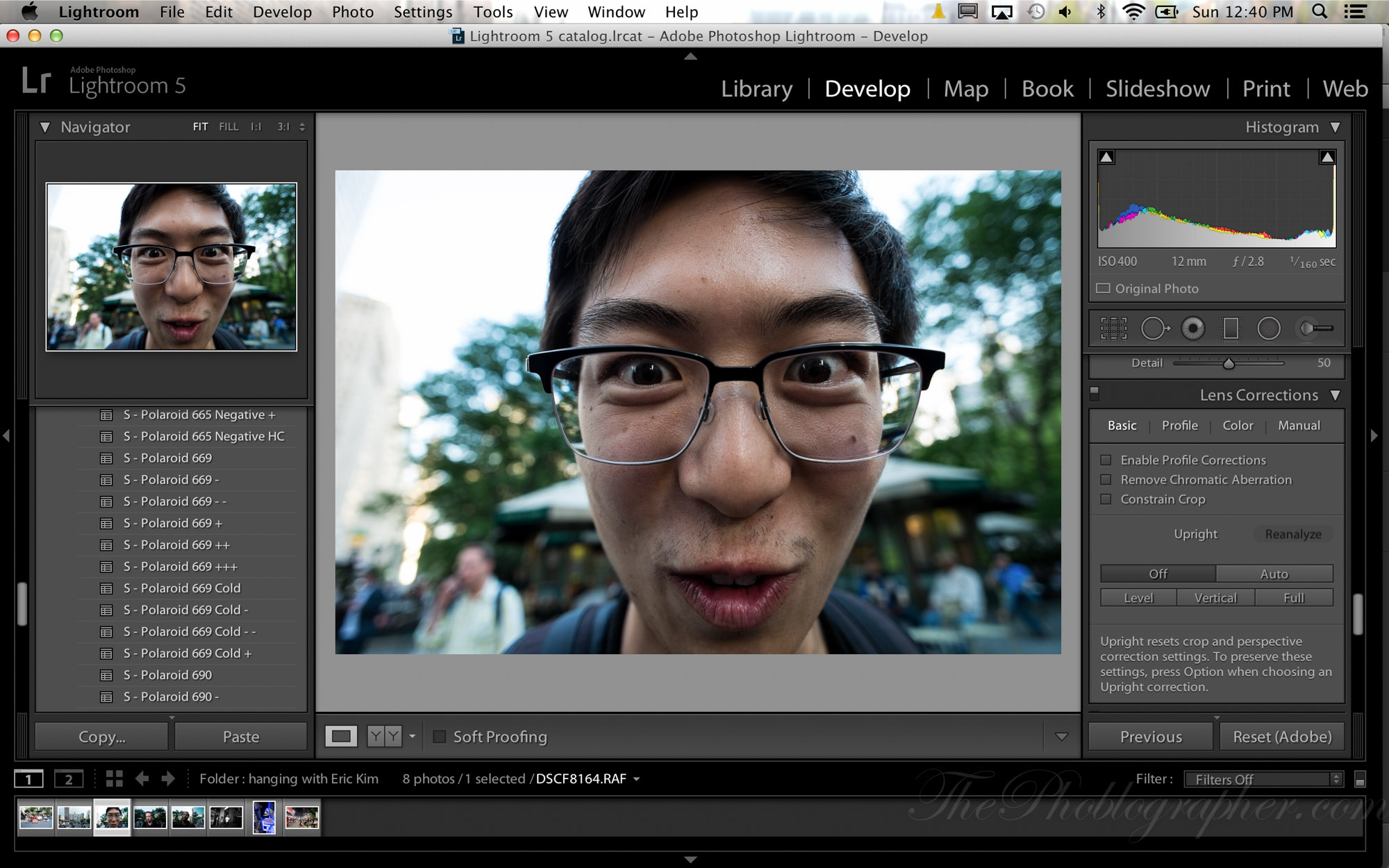

And by Lightroom 1's release, Apple even had time to address some of Aperture 1.0’s significant failings.
#ADOBE LIGHTROOM 5 VS 4 PROFESSIONAL#
Adobe was playing catch-up, especially to Apple’s Aperture, which was the first real monolithic professional Raw workflow app that Lightroom emulated. When Lightroom 1 debuted, it launched into a Raw converter market that was pretty mature. I don’t think you have to be a cynic to pick out the main reason for Lightroom being spared the Creative Cloud treatment.
#ADOBE LIGHTROOM 5 VS 4 UPGRADE#
That means that if you upgrade to Lightroom 5, you pay once and own a license to use the software indefinitely-unless it’s used to add more rockets to Iran’s arsenal or make Portia de Rossi look any more like one of the Olsen twins (that’s my law). So let’s first talk about what’s not in Lightroom 5: the Creative Cloud license.

But the consensus from our end was obvious: people hate the new rental software scheme, and they are livid at the prospect of paying what many likened to a protection racket for their files. Yes, for every 30 or so negative comments, there was someone who liked being able to buy in at a lower cost. Commenters told us what big fans they are of the new pay-forever-or-lose-your-program Creative Cloud license. And since our review of Photoshop Creative Cloud and its rental license scheme, many people chimed in with pitchforks and torches in hand. Today things center on the Creative Cloud. It’s been just over a year since we reviewed Lightroom 4, and a lot has happened since-not just in the software box itself, but also in Adobe’s revenue generation scheme.


 0 kommentar(er)
0 kommentar(er)
